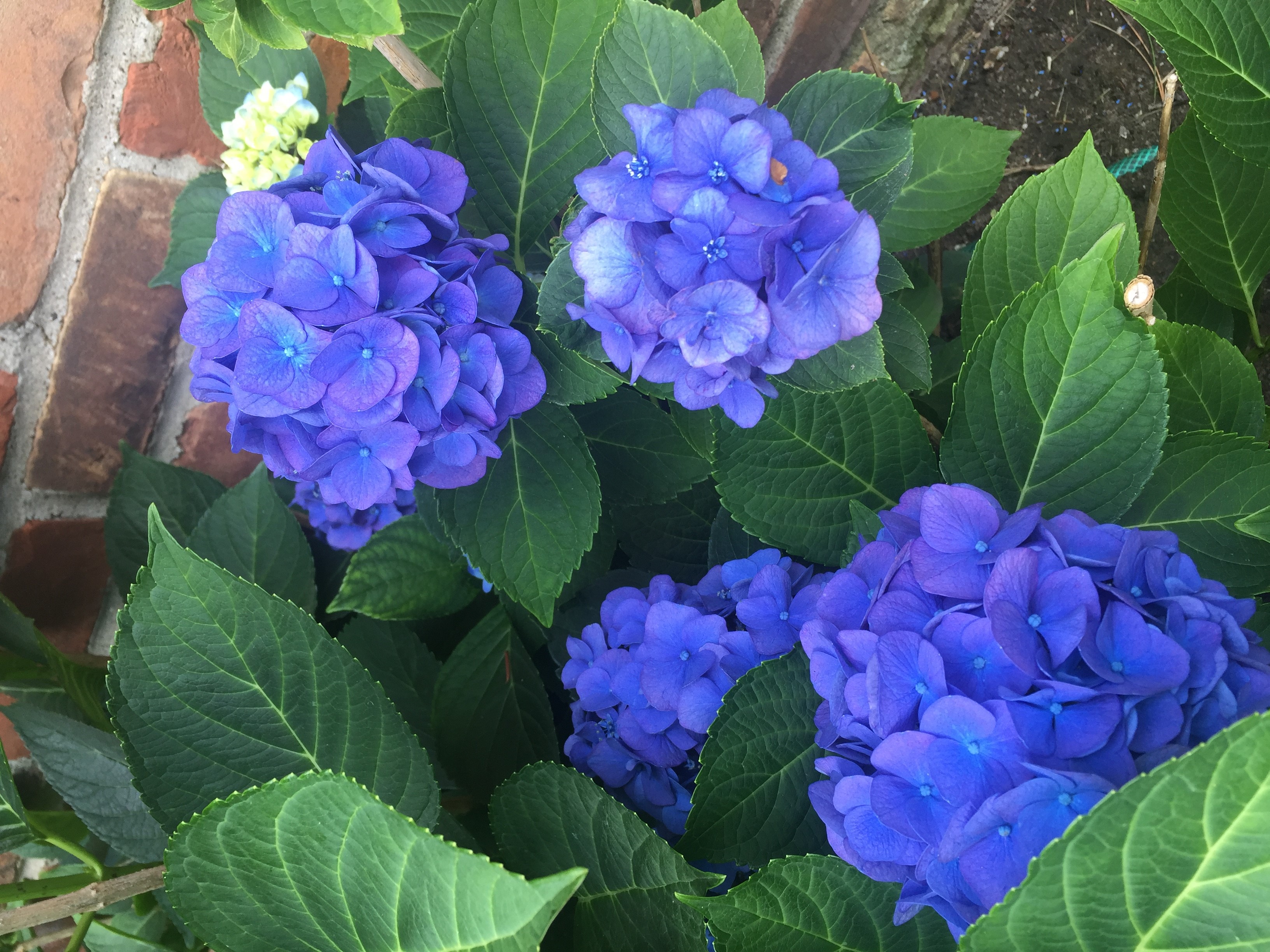
Summer vacation beauty
July 28, 2017Hope, our Friend in Need
August 11, 2017By Sister Nancy Linenkugel
Recently I played in the pit orchestra for the “Beauty and the Beast” musical at Seton/Elder High Schools on the west side of Cincinnati. On the evening of the first performance, I came early not only because the orchestra had an early call time but also because I wanted to get a fairly close parking place since I wasn’t keen on hauling my cello a mile.
I arrived in good time and was sitting in the car reading. It wasn’t long and one of the violinists came by, knocked on the window, had her instrument plus an armful of papers she was working on, and so she joined me in the car. It was a rainy late afternoon, she had come early, too, and so we enjoyed just sitting and chatting in a cozy spot.
She happens to be very active as a Third Order Franciscan in an Episcopal group and knows that I’m a Catholic Franciscan, so her first words were, “So how do you think St. Francis would regard ‘Beauty and the Beast’”? It was a fun conversation and I’d like to share the high points with you.
But first—a brief synopsis. “Beauty and the Beast” is a French fairy tale about love and faithfulness. A prince is visited by an enchantress in the form of an old beggar woman who offers him a rose. The prince doesn’t want the rose and also wants nothing to do with her, presuming that she’s poor and unworthy of his interest. In retaliation, she puts a curse on the prince and everyone in his household that takes away part of their humanity so they become whatever their lives represent.
For example, the head of the household, Cogsworth, is always tense and easily ticked off by others, so he becomes a grandfather clock. Another household member, Lumiere, instead is positive and looks for the good in situations, so he becomes a candle. Ladies in the castle aren’t exempt from the curse, either; for example, Madame de la Grande Bouche was vain and concerned about her appearance, so she became a vanity/armoire. The person in charge of hospitality, Mrs. Potts, became a tea pot.
The handsome prince himself was changed into a frightening, nasty, horned Beast. The castle curse could only be lifted if the Beast fell in love with a woman before all the petals came off the rose. Becoming lovable and seeing beyond appearances is key in this story in order to become human again.
So how is this fairy tale Franciscan? My violin friend and I readily agreed on the following:
- Francis’ mother, Lady Pica, being French, would have loved telling this story to St. Francis. No doubt, she would have drawn contrasts between the characters having destructive qualities compared to the virtuous persons.
- The incident of sending away the beggar woman had a parallel to Francis when he sent away a beggar in his father’s store during his younger days of working there.
- The fairy tale prince lived a life of privilege, not unlike Francis who enjoyed wealth, carousing, and doing what he pleased as a youth.
- Francis was transformed by encountering Christ in many ways throughout his life, e.g. kissing the leper, denouncing his father, receiving the “rebuild my church” message, bearing the stigmata, and many more. Others looked at Francis as carrying a type of curse: who can live in extreme poverty as Francis desires? So, too, was the Beast’s curse eventually transformed by love.
- Once cursed, the Beast struggled to become a gentle-man who could genuinely say please and thank you. Francis was always a gracious individual and ahead of the Beast in that respect.
- Belle, the Beauty, came into the Beast’s life and while she was repulsed by him at first, came to see him as lovable. For Francis, Beauty was Lady Poverty.
- Belle saved the Beast, which is a rare turnabout from the usual fairytale role of the damsel-in-distress. If Belle in our Franciscan version was Lady Poverty, indeed she saved both Francis and Clare.
- We decided that there is beauty in each of us—beyond physical beauty – and we need to be true to ourselves instead of being someone we’re not. Francis started off as the Beast with many undesirable qualities and continually transformed throughout his life.
So who would we cast in a Franciscan “Beauty and the Beast”?
The Prince/The Beast = St. Francis of Assisi
Lumiere (light) = St. Clare
Belle/The Beauty = Lady Poverty
Beggar Woman/Enchantress = Christ
By then it was time to get into place in the orchestra pit, so we did that with some new insights into the story before us.

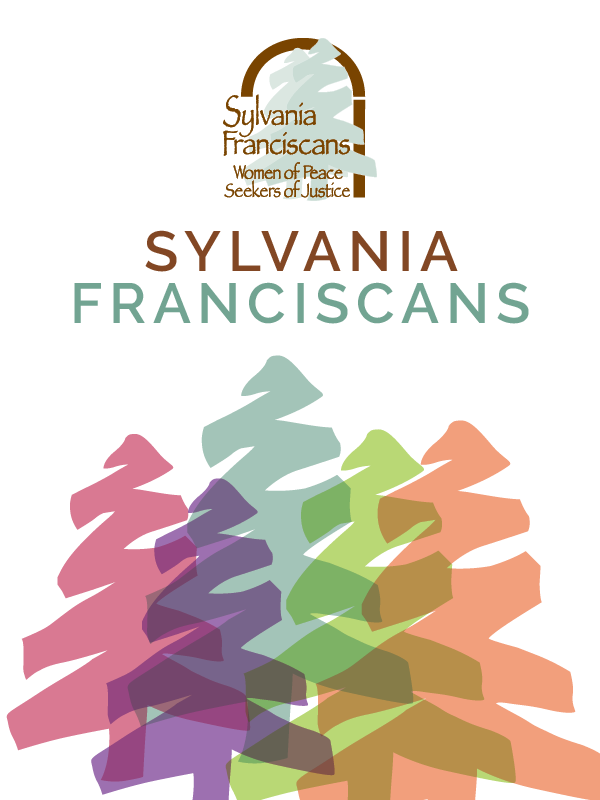
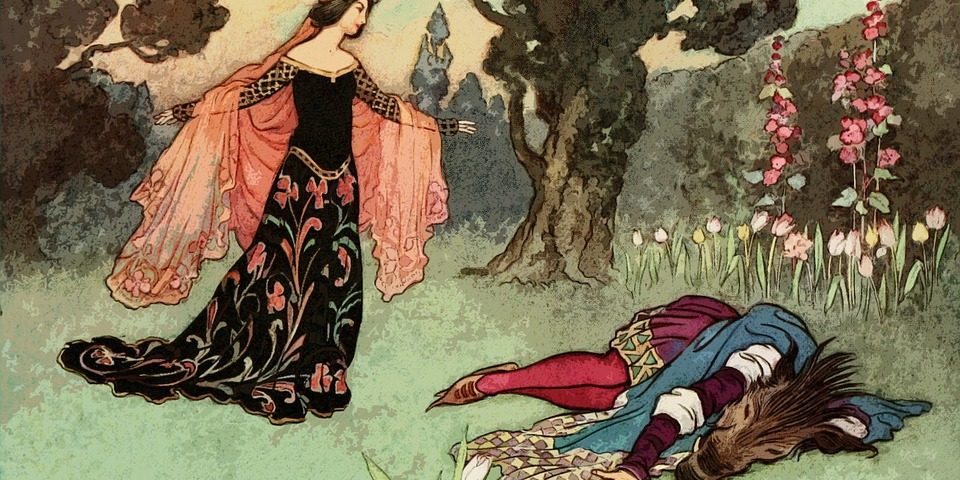

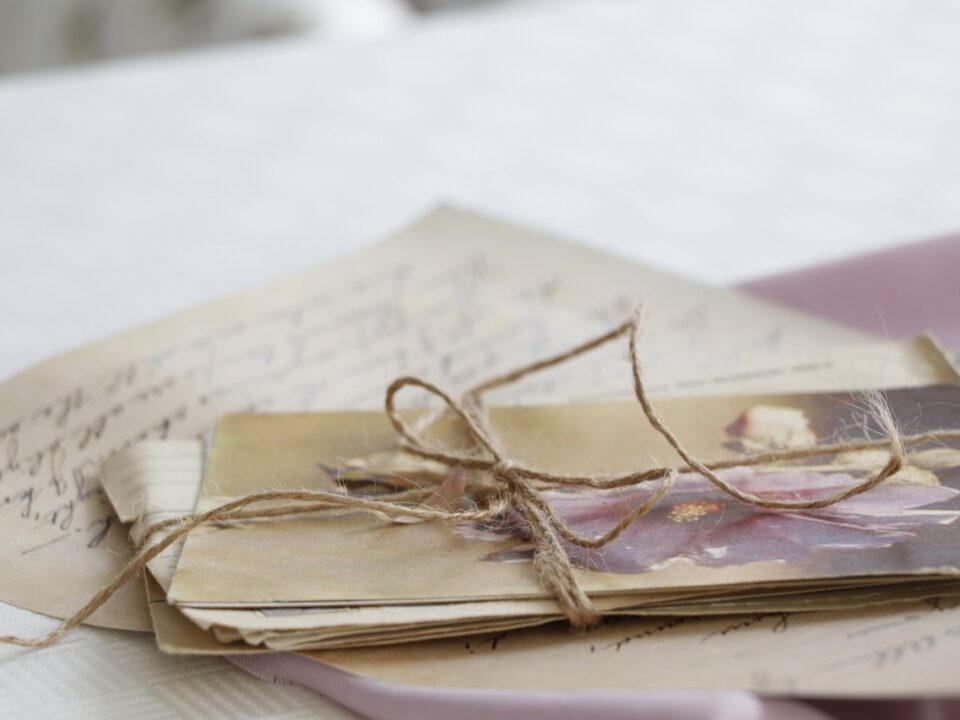

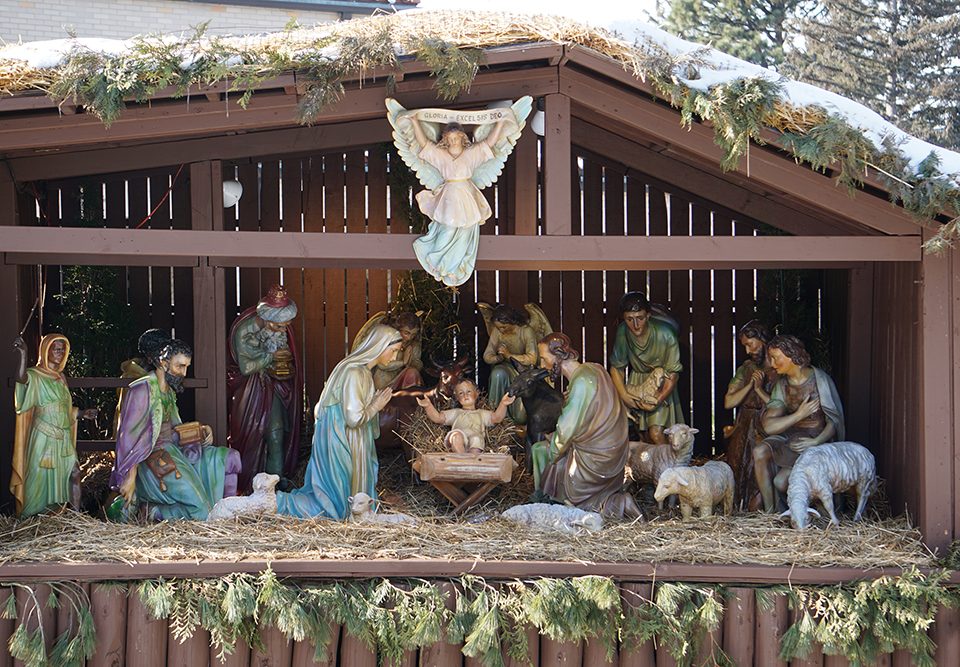
Only you could come up with a comparison like this! Kudos!
I saw the Disney play, Beauty and the Beast, and enjoyed
the inanimate objects becoming real again. Quite the story.
Thanks for sharing your insights.
Mary T.
What a great way to spend a rainy hour. I really enjoyed the creative comparisons, Nancy. It got me thinking. To your notion that Francis was always a gentleman, and probably so, or he wouldn’t have friends! I’d add this :Francis learned to live in the “world of the gift” as a mystic after his conversion, where he saw beauty and welled up with gratitude when he gazed at the created world reflecting God’s goodness . He became a real gentleman , treating each person and all creation with utmost respect .
It is always nice to have new thoughts about a tale as “old as time.”